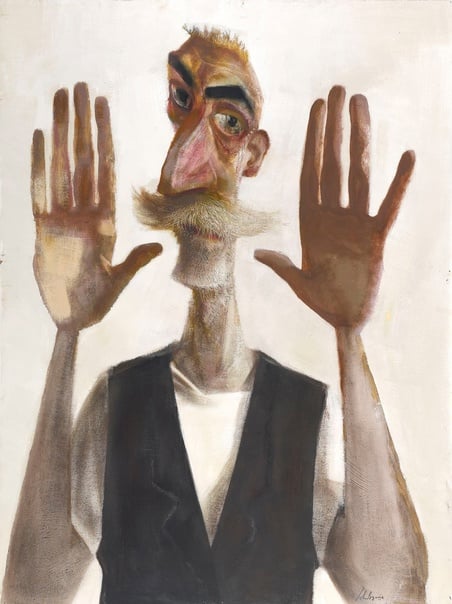In recent years, archaeological research has demonstrated the presence of abstract non-utilitarian behaviour amongst palaeolithic hominins, fuelling discussions concerning the origin and implications of such complex behaviours. A key component in these discussions is the aesthetic and symbolic character of intentionally incised artefacts. In this study, we emphasize the geometry of the incisions as clues to intentionality. Using 3D surface analysis, we characterised incisions found on a Levallois core from Manot cave, and on a flake and retouched blade from Amud cave. In addition, we applied the same methodology to the previously published engraved Levallois core from Qafzeh and the plaquette from Quneitra. The incisions on the Manot, Qafzeh and Quneitra artefacts show similar geometric characteristics. Notably in each of these cases, the incisions form patterns that align with the artefact’s surface topography and shape. In contrast, the incisions on the Amud artefacts are shallower, with no clear orientation or patterning. The methodology applied thus creates a comparative context for MP incised items, reinforcing the interpretation of the Manot, Qafzeh and Quneitra artefacts as deliberate engravings, whereas the marks on the items from Amud are consistent with their functional use as abraders. While the Qafzeh, Quneitra and Manot items are isolated initiatives in their chronological and geographic contexts, the shared traits of the intentional engravings underscore their predetermined nature.


